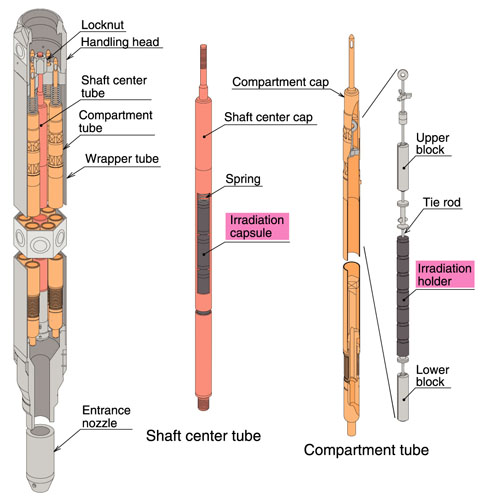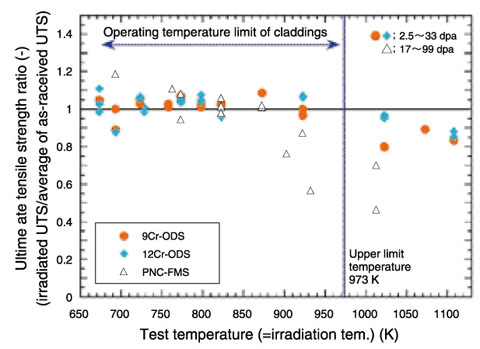
Fig.1-23 Bird’s- eye view of CMIR in “JOYO”

Fig.1-24 Relationship between ultimate tensile strength ratio and irradiation temperature for ODS steel claddings
Fast Breeder reactor (FBR) cycle systems as a major energy supply for the future have been studied for their economic competiveness relative to light water reactor cycle systems and other electric power supplies. It is very important to achieve high-burnup high-temperature operation in order to improve the thermal efficiency of these systems. Oxide dispersion strengthened (ODS) steels are expected to be good candidate cladding material for FBRs to achieve these objectives because their high-temperature strengths are superior to those of conventional ferritic/martensitic (F/M) steel. To carry out a technological assessment of ODS steel claddings, it is necessary to acquire the mechanical properties for claddings irradiated at different conditions which are reflected in the design criteria.
ODS steel claddings were irradiated in the experimental fast reactor “JOYO” using the core material irradiation rig (CMIR), as shown in Fig.1-23, at temperatures between 683 and 1108 K with fast neutron fluences ranging from 3.0 to 6.6 × 1026 n/m2 (E > 0.1 MeV). Post irradiation examinations were then carried out.
Changes in irradiation hardening or softening are shown by the ultimate tensile strength (UTS) ratio (irradiated UTS / average value of as-received UTS) in Fig.1-24; the present results for these ODS steel claddings, and previous results for the ODS steel and 11Cr-F/M steel (PNC-FMS) cladding irradiated in “JOYO” are also shown. In this irradiation examination, the high temperature data in about 1103 K which greatly exceeds the operating temperature limit of claddings in FBR was acquired for the first time in the world. It was indicated that the tensile strength of PNC-FMS decreased because of the recovery of martensitic structures and recrystallization at high temperatures. On the other hand, there was no remarkable decrease in the tensile strength of the ODS steel claddings, even though temperatures exceeded the operating temperature limit of 973 K consistently. It is suggested that the oxide particles, which are mainly responsible factor for the high-temperature strength of ODS steels, were stable during irradiation.
In the near future, we will be developing ODS steel claddings by using fundamental technology for the advanced FBRs. It is also important to make preparations for irradiation tests and post -irradiation examinations that would have to be carried out after “JOYO” is restarted.